Every year, 14,000 tons of sunscreen end up in the ocean. Sunscreen obviously doesn't belong there, and some creams can cause considerable damage. The ingredients octinoxate and oxybenzone, both chemical UV filters, are particularly problematic.
Some chemical UV filters are difficult (or even impossible) to break down and remain in the water. They accumulate in the sediment or build up in organisms. They are often discussed in connection with corals, as they are a cause of coral reef death. Some popular tourist destinations, such as Hawaii and Palau, have therefore already banned them.
Would such a ban make sense here? Even when we swim in the Baltic Sea or the nearby lake, it can have serious consequences for marine life. Some chemical UV filters can accumulate in marine organisms and disrupt their hormonal systems even at low concentrations. They can reduce fertility in fish, impair growth and photosynthesis in green algae, poison corals, affect gene regulation in mosquitoes, cause defects in young mussels, and be toxic to marine crustaceans.
Therefore, next time you're on the hunt for sunscreen, look for mineral UV filters. A solid alternative is, for example, our mineral solid sunscreen Naseweiss . Also, be careful not to apply sunscreen right before swimming.
P.S.: Don't forget to wear sunscreen not just at the beach, but all year round. The sun isn't only out in summer.



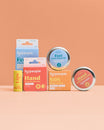

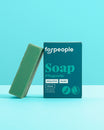

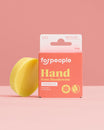
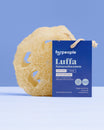
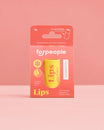
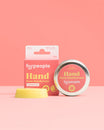
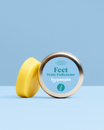

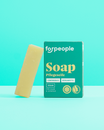
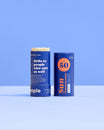
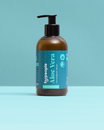


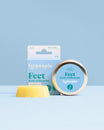

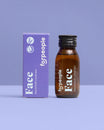
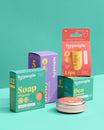
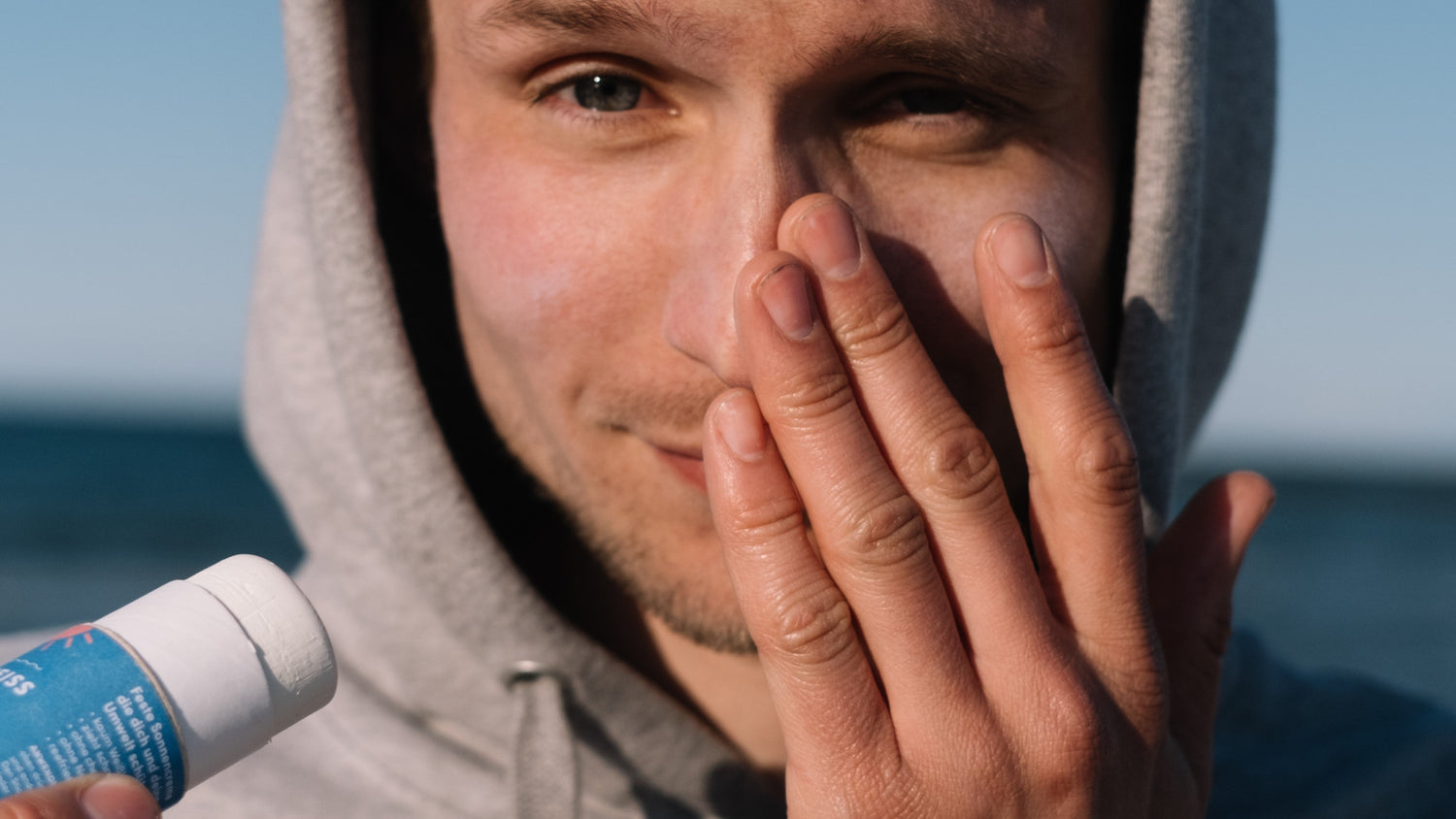

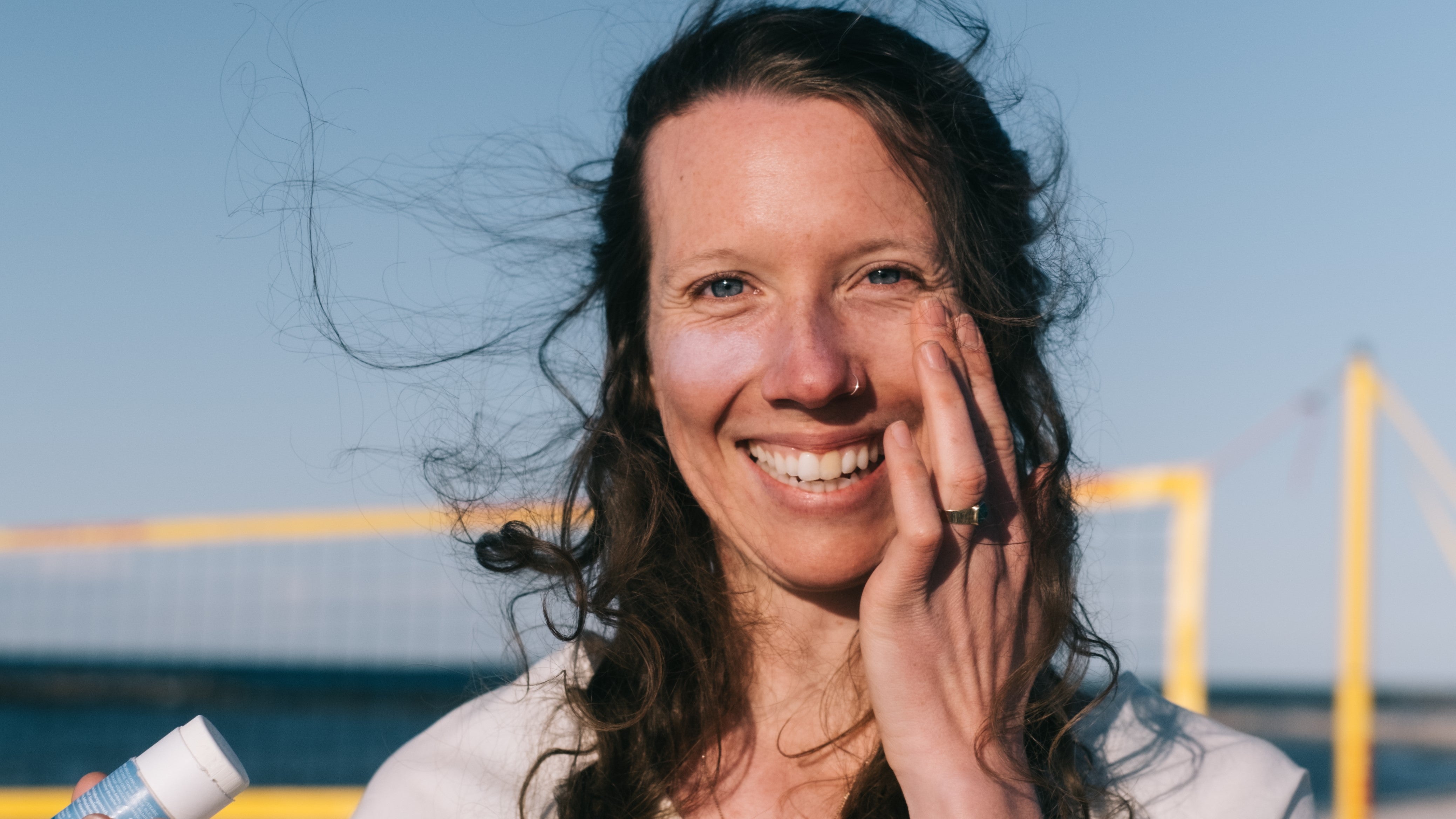
Leave a comment
This site is protected by hCaptcha and the hCaptcha Privacy Policy and Terms of Service apply.